The female creature, however, is descrived as a stunningly beautiful naked woman with long hair, and has an animal's tail. In Norway, she has a cow's tail, and in Sweden she may have that of a cow or a fox. Further in the north of Sweden, the tail can be entirely omitted in favor of her hollow or bark-covered back. The huldra is one of several rå (keeper, warden), including the aquatic Sjörå (or havsfru), later identified with a mermaids, and the bergsrå in caves and mines who made life tough for the poor miners.
The huldras were held to be kind to charcoal burners, watching their charcoal kilns while they rested. Knowing that she would wake them if there were any problems, they were able to sleep, and in exchange they left provisions for her in a special place. A tale from Närke illustrates further how kind a huldra could be, especially if treated with respect (Hellström 1985:15). Read it below.
"A boy in Tiveden went fishing, but he had no luck. Then he met a beautiful lady, and she was so stunning that he felt he had to catch his breath. But, then he realized who she was, because he could see a fox's tail sticking out below the skirt. As he knew that it was forbidden to comment on the tail to the lady of the forest, if it were not done in the most polite manner, he bowed deeply and said with his softest voice, "Milady, I see that your petticoat shows below your skirt". The lady thanked him gracefully and hid her tail under her skirt, telling the boy to fish on the other side of the lake. That day, the boy had great luck with his fishing and he caught a fish every time he threw out the line. This was the huldra's recognition of his politeness."
In some traditions, the huldra lures men into the forest to have sexual intercourse with her, rewarding those who satisfy her and often killing those who do not. The Norwegian huldra is a lot less bloodthirsty and may simply kidnap a man or lure him into the underworld. She sometimes steals human infants and replaces them with her own ugly huldrebarn (changeling huldre children). In some cases, the intercourse resulted in a child, being presented to the unknowing father. In some cases, she forces him to marry her.
Sometimes she marries a local farm boy, but when this happens, the glamour leaves her when the priest lays his hand on her, or when she enters the church. Some legends tell of husbands who subsequently treat her badly. Some fairy tales leave out this feature, and only relate how a marriage to a Christian man will cause her to lose her tail, but not her looks, and let the couple live happily ever after. However if she is treated badly, she will remind him that she is far from weak, often by straightening out a horseshoe with her bare hands, sometimes while it is still glowing hot from the forge or even lift up a tree trunk.
If betrayed, the huldra can punish the man severely, as in one case from Sigdal, when she avenged her pride on a young braggart she had sworn to marry, on the promise that he would not tell anybody of her. The boy instead bragged about his bride for a year, and when they met again, she beat him around the ears with her cow's tail. He lost his hearing and his wits for the rest of his life.
The hulder has long been associated with hunting; she might blow down the barrel of a huntsman's rifle, causing it never thereafter to miss a shot. Some men are not so lucky, or perhaps skilled, and escape her only after surrendering their sanity. The huldra myth has also been associated with Christianity in the past, and a tale recounts how a woman had washed only half of her children when God came to her cottage; ashamed of the dirty ones, she hid them. God decreed that those she had hidden from him would be hidden from mankind; they became the huldrer.
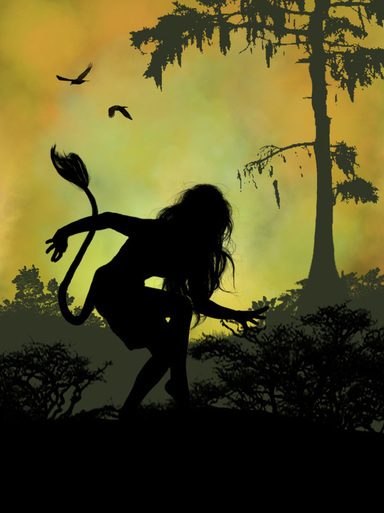
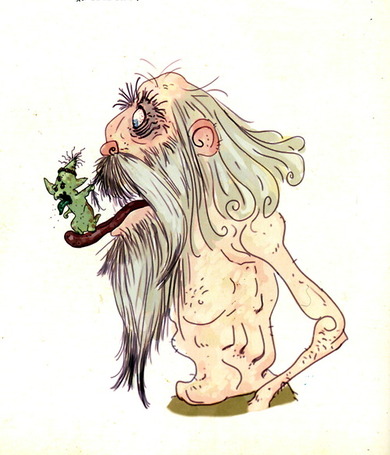
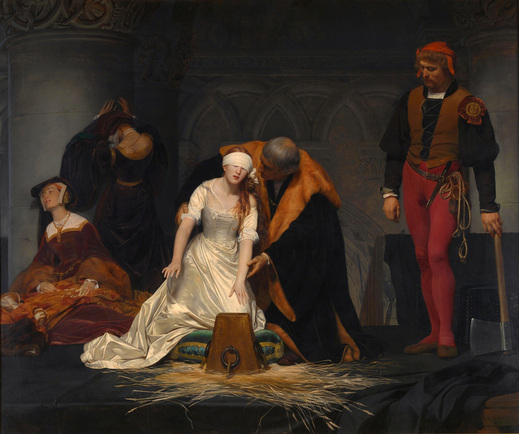
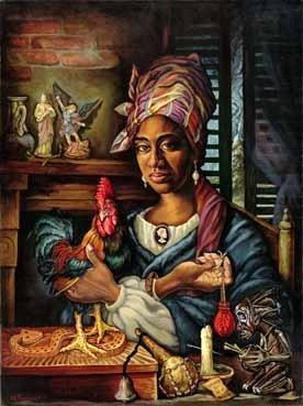
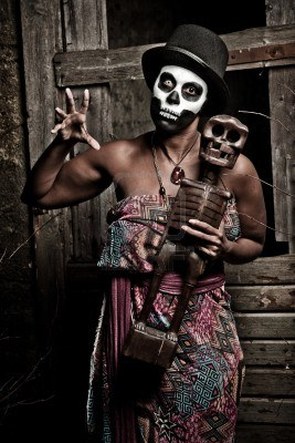
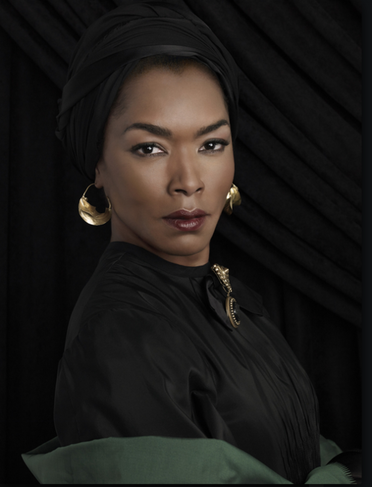
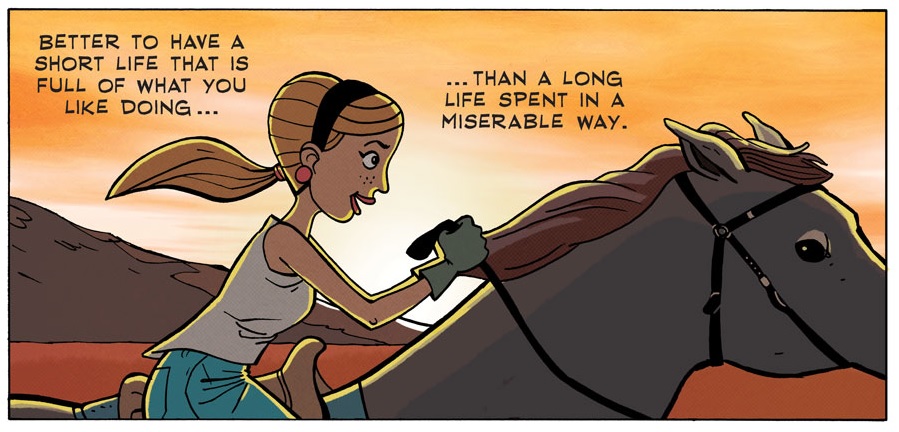

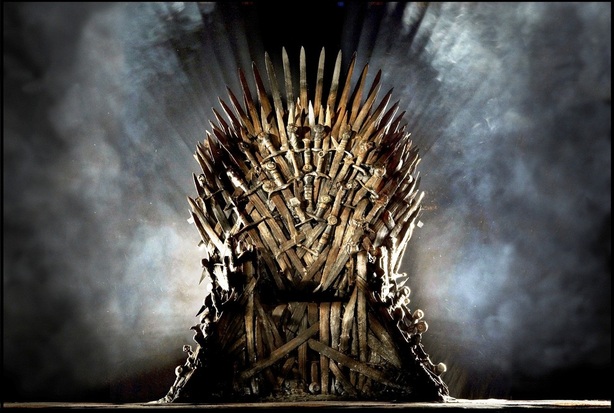
 RSS Feed
RSS Feed